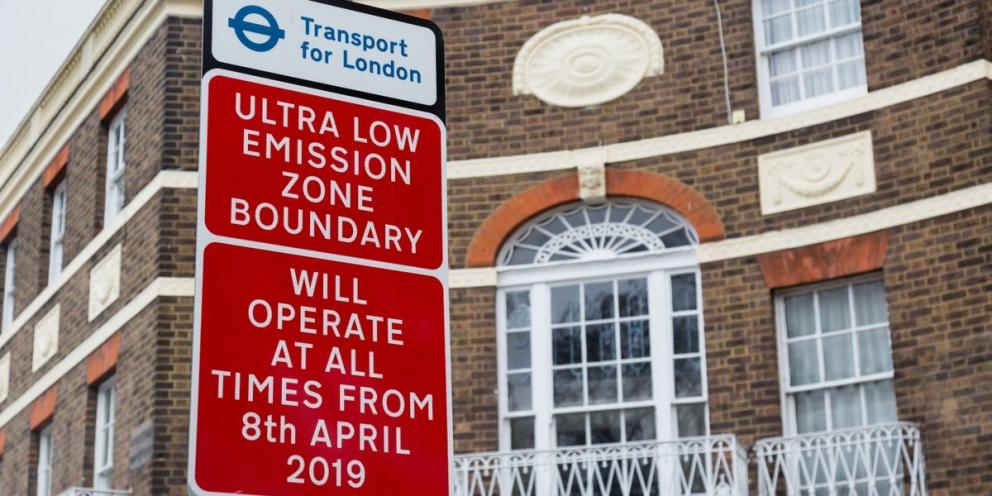This will mean that drivers of more polluting vehicles will have to pay £12.50 a day to drive anywhere in the capital – effectively meaning only “clean” vehicles can drive within the M25 without paying the charge.
Mr Khan also announced that he had decided to abandon plans to impose a Greater London boundary charge, of at least £3.50 a day, on out-of-town motorists entering London.
He has also ditched a third option of introducing a £2-a-day “clean air charge” on all petrol and diesel cars driving in London.
The mayor has asked Transport for London to launch a consultation on expanding the Ulez from its current boundary of the North and South Circular roads to cover all 33 boroughs.
He says “further bold measures” are needed to reduce toxic air, tackle the climate emergency and cut congestion.
However, further expanding the Ulez – it was widened from central London to the suburbs last October – is predicted to have fewer benefits.
According to City Hall, it will take an estimated 20,000 to 40,000 polluting vehicles off the road and deliver a 10 per cent cut in nitrogen oxide gases, compared with 47,000 fewer “dirty” vehicles a day and an estimated 30 per cent cut in NOx from the October expansion.
It is not yet clear how much it will cost TfL to expand its network of cameras – it spent about £130m installing 750 cameras in the suburbs – or how much it will generate in daily levies and penalties.
There are fewer benefits from expanding the scheme because of the impact of the changes last October, which resulted in 92 per cent of vehicles complying with the Ulez rules to avoid paying the 24/7 levy.
Currently drivers of most diesel vehicles more than seven years old or petrol cars more than 16 years old have to pay the Ulez if they enter or move within the zone.
Drivers who fail to pay receive a £160 fine.
